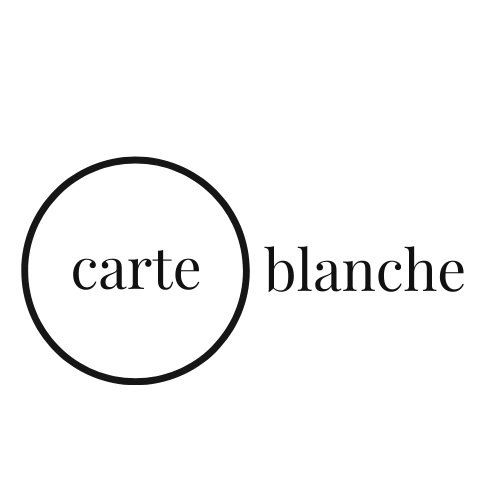Reflections from an Escort
by E. Merrill Brouder, translated from Jean Le Roy
On the asphalt of my street, the rain makes a black reflection
that gathers a collection
of the evening, of the lights.
Reflections of one hundred streetlights
craning their necks, coming obliquely
towards me,
skeletons weakly moan
straining their bones
while I walk.
The beams of gloam
sweep the mirror streets,
the beams of gloam
that stretch as I move away
from the stark homes.
I am surrounded by a luminous procession
of luminous followers
(beside, behind and before)
who walk according to my pace
and rhyme themselves with my rhythm,
pompous guard,
in this way, as soon as they can see me
they take me under their care
passing from one to the other
the duty of looking over me;
like how, now and again,
the faithful eyes of dead women
in old pastel portraits
follow those who pass.
O my shining escort!
Note: This translation was made possible thanks to the generous support and permissions of the Société des Amis de Louis Le Guennec.
ABOUT THE CREATORs


Photo credit: the municipal archives of Quimper, France
E. Merrill Brouder is a PhD student at Johns Hopkins, where he studies modernist poetry and early-to-mid-20th-century history. Merrill’s poetry, inflected his native Maine, and his translations have appeared in print in the US and Canada. He is also currently working with Političtí vězni, a historical memory nonprofit, and on translating the complete works of the soldier-poet Jean Le Roy, drawing on his Franco-American and Breton background to bring this important writer into English for the first time since WWI.
Jean Le Roy's poetry inspired artists including Jean Cocteau, Walter Pach, and others who considered him the great French talent of the 20th century. His prewar poems explored optics, and his war poetry brought that refined eye to the battlefield. There, he nurtured a "religion d'art" that was impervious to violence while also extolling battle with the enthusiasm of a committed avant-gardiste. In 1918, Le Roy was killed while single-handedly rescuing his men from no-man's-land; he was twenty-three.
